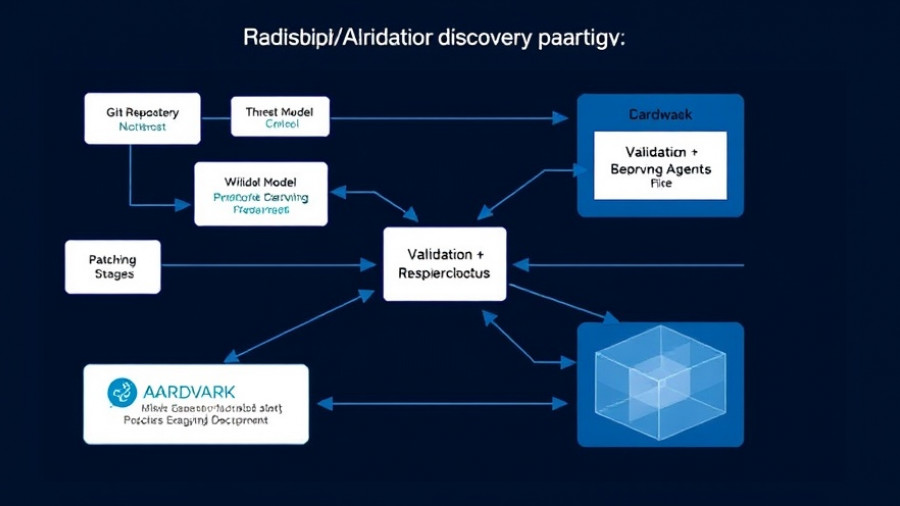
Revolutionizing the Workplace with Agentic AI
As technology continues to advance, the capacity for agentic AI to transform enterprise operations is becoming increasingly clear. With organizations shifting from pilot programs to full deployment, businesses are leveraging the innovative capabilities of artificial intelligence to increase efficiency and productivity. Agentic AI refers to autonomous systems capable of perceiving their environment, making decisions, and executing tasks without human intervention. This evolution represents a significant departure from traditional automation processes and is reshaping how enterprises function.
Understanding the Rise of Agentic AI
The emergence of agentic AI is a response to the limitations faced by traditional robotic process automation (RPA). According to Vikas Agarwal of PwC, these AI agents are now capable of not only generating insights from data but also utilizing that information to take autonomous actions. For instance, where once a dashboard merely provided data to a human executive, now an AI agent can analyze that data and execute decisions accordingly, shifting the focus from mere analysis to actionable outcomes.
Case Studies: Real-World Applications of Agentic AI
The transformative potential of agentic AI is illustrated through various case studies. One compelling example involves a call center that managed to significantly streamline operations, reducing a workforce of 2,000 employees due to AI-enhanced workflows. Another incident involved paralegals automating the processing of state laws, shrinking a team from 200 to just 20, all while maintaining accuracy. These examples highlight the practicality and the meaningful impacts AI can have on workforce dynamics and productivity.
Trust Building Through Transparent AI
Implementing agentic AI requires not just technological innovation but also a commitment to building trust among stakeholders. Agarwal emphasizes that trust starts with transparency. By ensuring users understand how AI models generate insights and execute tasks, organizations can mitigate concerns about autonomy and reliability. Additionally, employing extensive backtesting and simulations helps demonstrate the effectiveness of AI applications, ensuring they operate safely within established parameters.
Challenges and Considerations for Implementation
The journey to full-scale implementation of agentic AI is not without challenges. As organizations navigate this transition, they must recognize the complexity of their existing systems and the potential need for significant cultural adaptation. The integration of agentic AI demands a strategic approach, which includes clear communication and employee training to alleviate potential anxieties about job displacement and technology's role in the workplace.
Future Predictions: The Evolving Landscape of AI
Looking forward, the need for businesses to adopt agentic AI is urgent. Industry analysts suggest that by 2028, nearly one-third of enterprise software will integrate some form of agentic AI capabilities. This shift will enable organizations to develop a more proactive and resilient operational fabric. AI agents will evolve to not only handle mundane tasks but also to anticipate challenges before they arise, allowing businesses to remain agile in the face of change.
Embracing a New Era of Autonomous Operations
The transition toward agentic AI heralds a new era in enterprise operations. Organizations that embrace this technology stand to redefine the boundaries of productivity and efficiency. While there are inherent risks and ethical considerations, the potential benefits far outweigh these challenges. Companies willing to adopt a forward-thinking approach and invest in understanding agentic AI will likely lead their industries into the future.
As we stand at the precipice of this transformation, now is the time for enterprises to invest in agentic AI technologies. The question is not whether to adopt these systems, but how quickly they can leap from conception to operational reality, thus embedding intelligent automation into the core of their processes.
 Add Row
Add Row  Add
Add 




Write A Comment